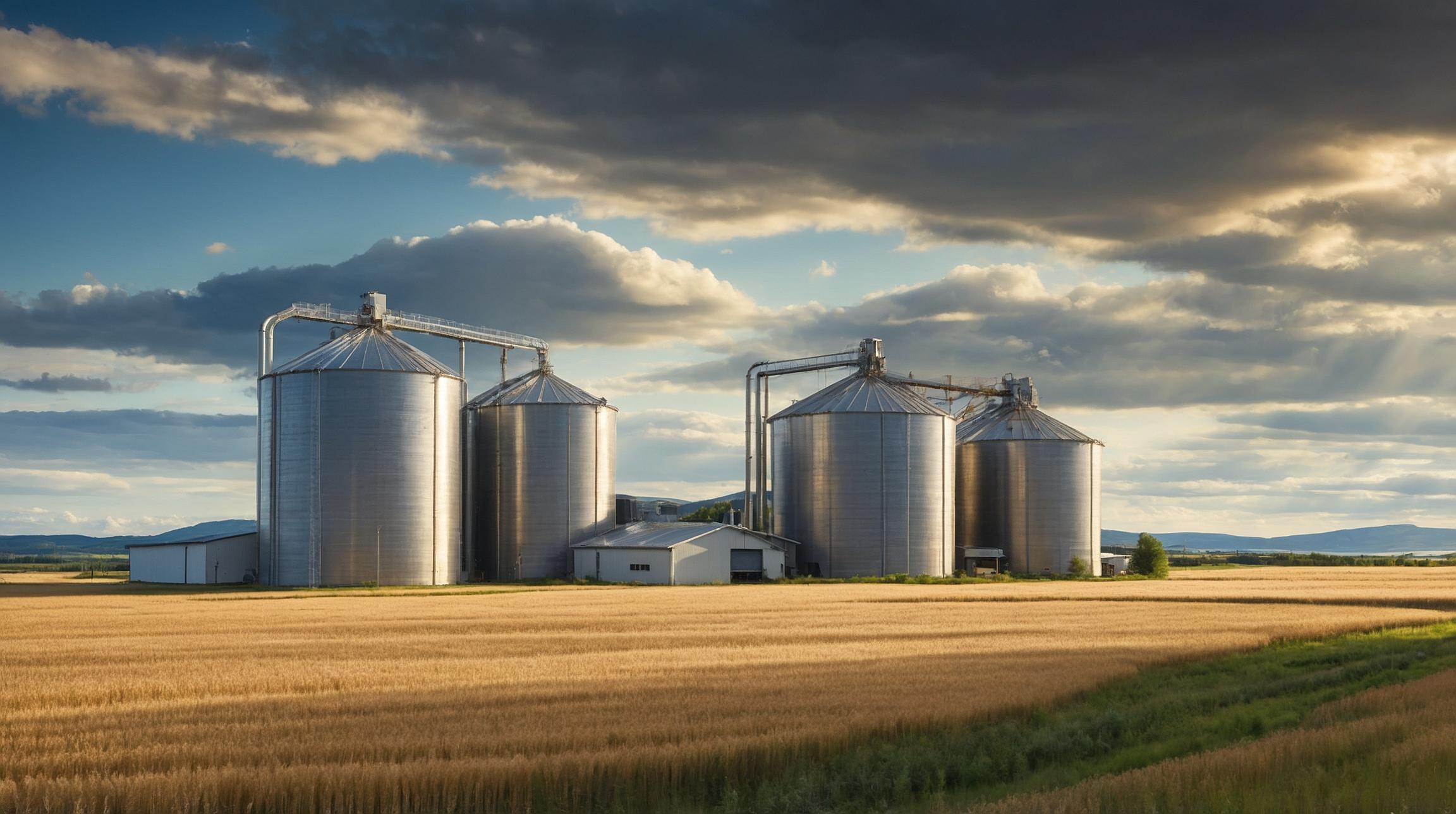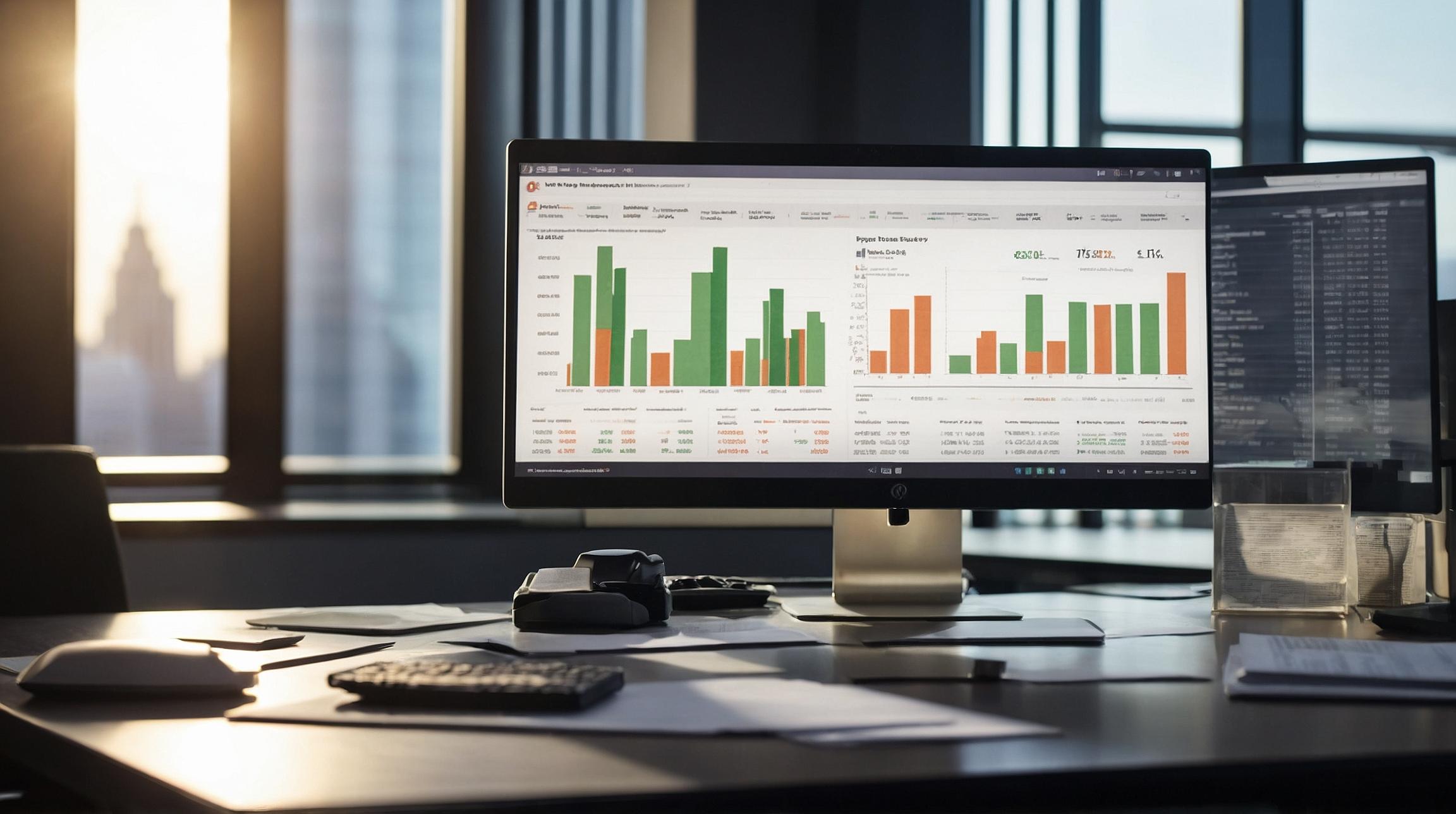Norway to Stockpile Grain: A Safety Measure for the Future
Norway is planning to stockpile grain until 2029 to ensure food security during uncertain times. The goal is to have 82,500 tons of grain in storage by the end of the decade, enough to feed Norway’s population of 5.6 million people for three months.
Why is Norway Stockpiling Grain?
The Norwegian government has stated that the ongoing war in Europe, especially the conflict in Ukraine, and climate change are the main reasons for this effort. They plan to store 30,000 tons of grain, mostly wheat, across various facilities in the country.
The Ministry of Agriculture and Food in Norway highlighted the importance of being prepared for emergencies, saying:
“The building up of a contingency stock of food grains is about being prepared for the unthinkable.”
Historical Context and Modern Concerns
Norway last had grain storage back in the 1950s, but stopped in 2003, thinking it was no longer necessary. Recent events, such as Russia’s invasion of Ukraine and global warming affecting grain production, have made Norway reconsider this decision.
Global Seed Vault: A Safeguard for Biodiversity
Norway is also home to the Global Seed Vault in the Svalbard region, located about 800 miles from the North Pole. Since 2008, this vault has been a backup for agricultural diversity, holding nearly one million samples of grain seeds. These seeds are stored as a precaution against human-caused or natural disasters.
Impacts on Global Grain Supply
Commodities analysts have warned that stockpiling grains like wheat could make the current supply shortages worse and possibly lead to higher prices. Imagine if everyone started storing more food in their homes; it could mean there’s less food available for everyone else, and prices might go up.
Key Terminology Explained
- Stockpiling: This means saving or storing large amounts of something for future use—a good example would be buying extra groceries during a sale to use later.
- Contingency: This refers to a backup plan, like keeping extra batteries at home in case of a power outage.
By preparing with these measures, Norway aims to protect its people from unexpected food shortages, ensuring that everyone has enough to eat, even when things go wrong globally.













